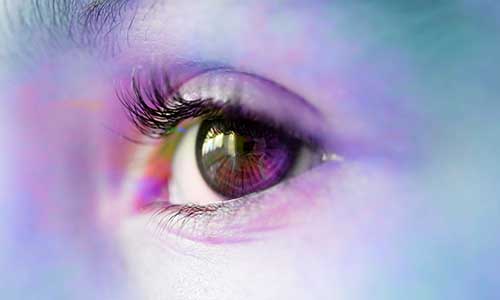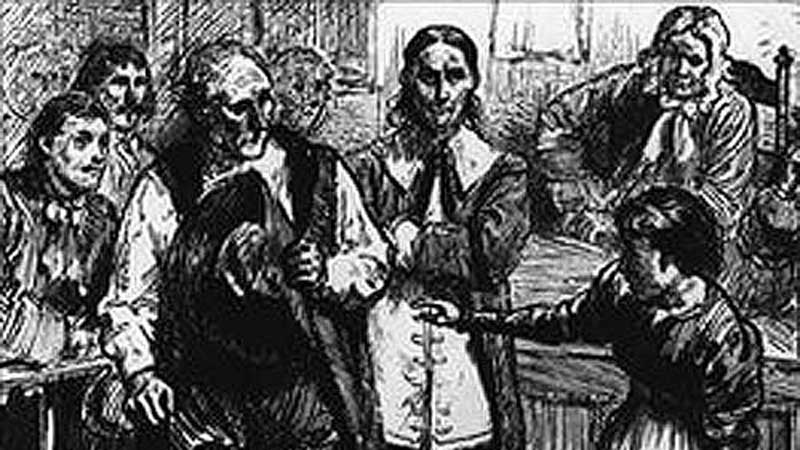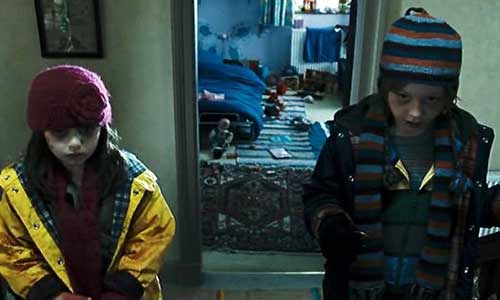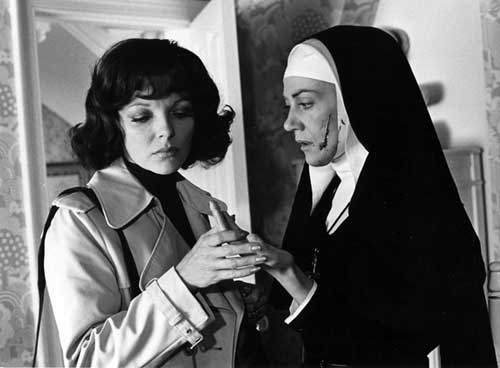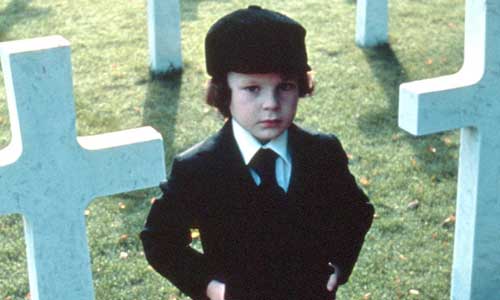Are the imaginary friends of children really ghosts? asks MJ STEEL COLLINS
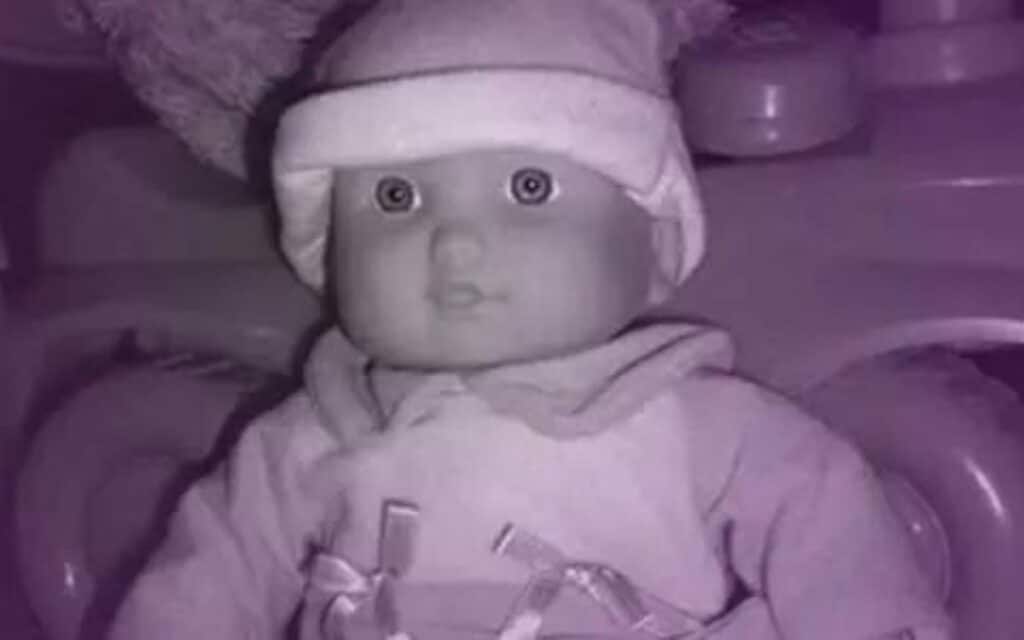
Until I was around six months old late in 1982, we lived in a fairly non-descript street in Foxbar, Paisley.
Some fairly interesting things happened in the house, interesting in the sense that my parents decided to move because my Mum was freaked out.
When my Dad was out at work, Mum would be home alone with me. She’d put me in my cot, leave the room, and come back to find that the sides of my cot had been readjusted. Doors opened and closed of their own free will, whilst things would move around.
Ghosts and children seem to go hand in hand. There are several tales of babies like myself attracting some form of haunting. Young children in particular are believed to open to the spirit world because they haven’t yet been socialised into believing that ghosts aren’t real. To a two year old, a ghost is just yet another thing they see, and talk about. Most of the time, it doesn’t seem to bother the kid.
It certainly bothers the parent, as they aren’t entirely sure what is going on, or why their offspring is talking in a disturbingly plausible way to a person the adults can’t see. It makes for a curious read to look up ghosts in parenting forums, that otherwise may discuss sleeping problems, fussy eaters and tantrums, to see posts by baffled parents wondering what is going on when their kid talks about the nice old lady who comes to tuck them in at night that certainly isn’t granny.
What are imaginary friends?
Invisible friends are probably the ultimate in creepy things young kids come up with. One parenting site writes that imaginary friends are fairly common in kids at three to four years old, especially if they are the eldest sibling, or an only child. Imaginary friends help kids in creative play, practice socialising and explore a scary big wide world.
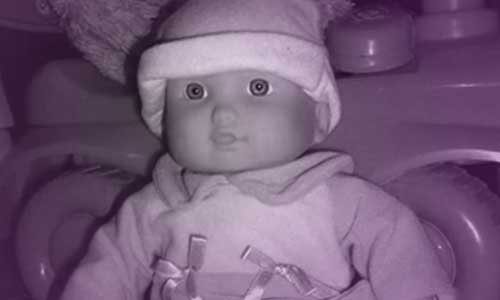
Parents are either directly involved in a relationship with the imaginary friend, or it’s private and they should leave their kid to it. Either way, it’s not a problem and just a normal part of childhood. I have my own vague memories of having an imaginary friend. My mum recalls having to set an extra place at the table for this invisible presence. No one can quite remember what I called my buddy. My younger brother, by contrast, had no invisible friends. Perhaps tormenting his elder sister was enough.
Moving into the realm of the paranormal and invisible friends take on a slightly different aspect. It could just be that the Jenny Lee your son or daughter constantly sit and giggle with isn’t the invention of a fertile young imagination. It could be your resident ghost. Families dealing with haunting often report their kids playing with invisible friends who mummy or daddy might unexpectedly meet some night on the way to the loo when the kids are asleep.
As a parent, it is quite a hair raising prospect. In many cases, it’s a benign situation, and something you can freak your kids out with when they are older. However, sometimes the stories aren’t quite so innocent. This particularly seems to be the case in the States, where malevolent imaginary friends are par the course.
Perhaps the most famous example is Jodie the Pig in the Amityville case, who was the supposed invisible friend of the Lutz children. Except Jodie was apparently also the demonic being tormenting the family. Creepy indeed.
Invisible friends are used to great effect in horror films too. From the kooks talking to Danny in The Shining to the imaginary friend of the little girl in 2012’s Come Out Come Out Whatever You Are, they are guaranteed to put the wind up some people.
As for my own daughter, she is still a little too young for imaginary friends. But there have been the odd occasions when it seems she is staring at someone in the otherwise empty hallway. A previous resident in my 120 year old tenement flat? Only time will tell…


